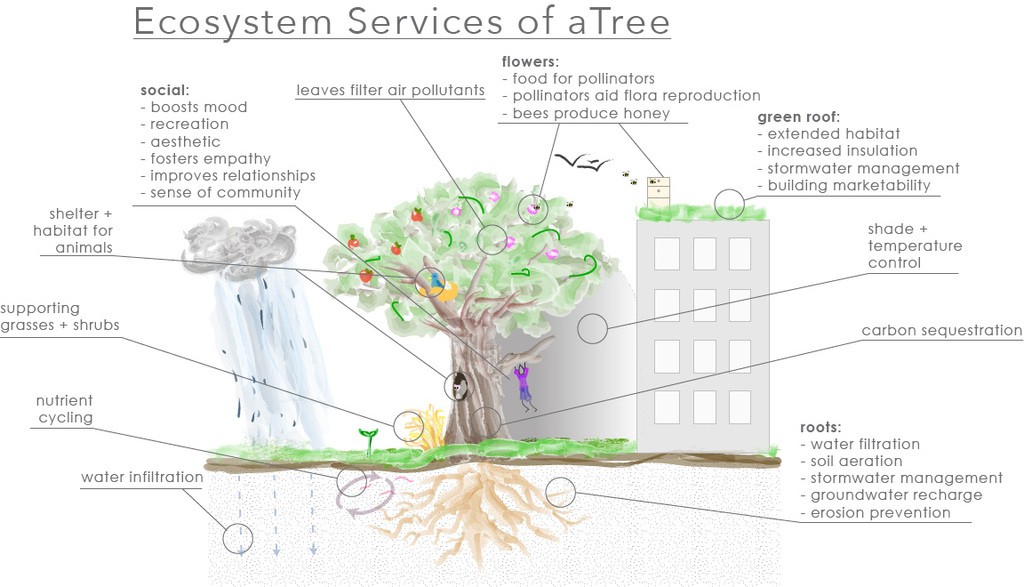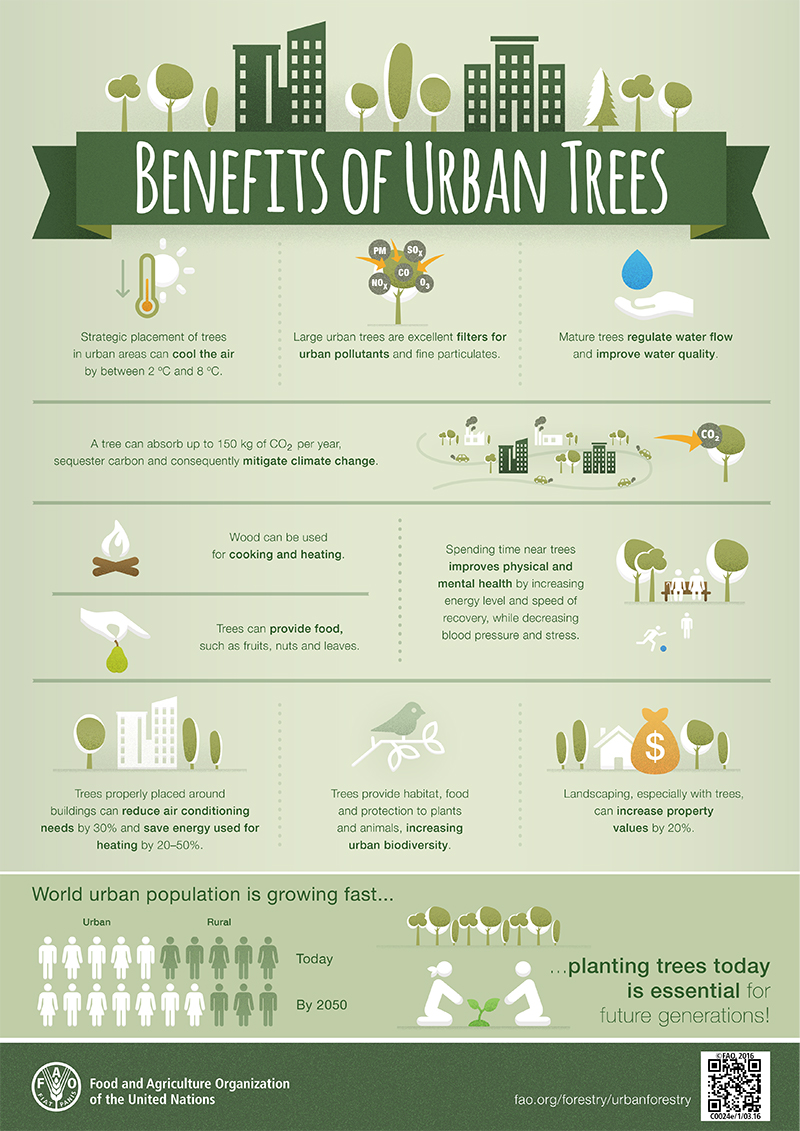Urban forests play a critical role in building the resilience of cities and provide valuable ecosystem services.
The Transformation of Forests in the Face of Climate Change. Forests, whether rural or urban, are undergoing remarkable changes in response to climate change. The adaptability of trees and local characteristics determine how they cope with these challenges. In urban areas, additional pressure from urbanisation and the increasing demand for public services pose even greater challenges.
To address these problems, it is essential to design and implement green-blue infrastructures that not only capture rainwater and reduce air temperature, but also integrate nature with social and cultural objectives. Urban forestry should promote inclusion, justice and community interaction, offering a multifunctional potential to not only address climate change, but also improve quality of life.
“Trees are living, cost-effective, multipurpose and widely available nature-based solutions” – Haase, 2017

Forests for Sustainable Cities
Nature-based solutions and urban trees provide multiple benefits at a time. However, the planning, design and management of the urban forest and urban trees should be adapted based to the local situation and the societal demand.
Mature trees, with their developed biomass, have the capacity to act as ideal nature-based solutions (NBS), especially when they are rooted in a soil with a well-established microbiome. Properly identifying and managing these trees is essential, and public education can help overcome unfounded fears and demonstrate that their ecosystem benefits outweigh any drawbacks. For mature trees to provide tangible ecosystem services, such as clean air and shade, they must grow sufficiently, which requires space both on the ground and in the air, as well as access to groundwater and nutrients.
These mature trees are essential for biodiversity, harbouring a wide variety of animals, plants and other organisms, including fungi, lichens and bacteria. They are fundamental to nutrient cycling, biological communication and ecosystem self-defence.
The financial benefits of urban ecosystem services are undeniable. Ecosystem restoration and tree planting have been shown to reduce health care expenditures, thanks to the physical activity in urban forests and the absorption of pollutants and noise by trees. In addition, urban forests contribute to climate regulation, reducing the costs associated with cooling homes during the summer, an increasingly pressing need due to climate change.
Moreover, the existence of these green spaces not only improves the quality of life of residents and strengthens urban resilience, but also influences the perception and image of the city. They attract tourists and investors, increasing the attractiveness of the city as a whole.
Learn about the benefits and ecosystem services provided by trees:



